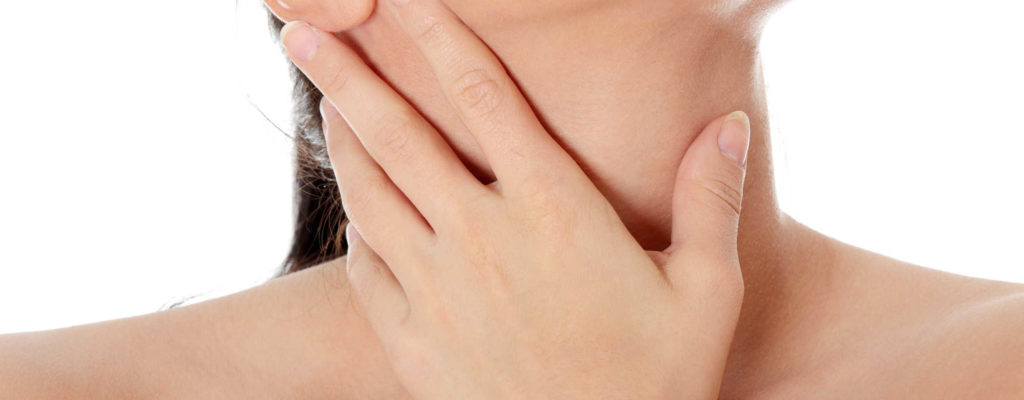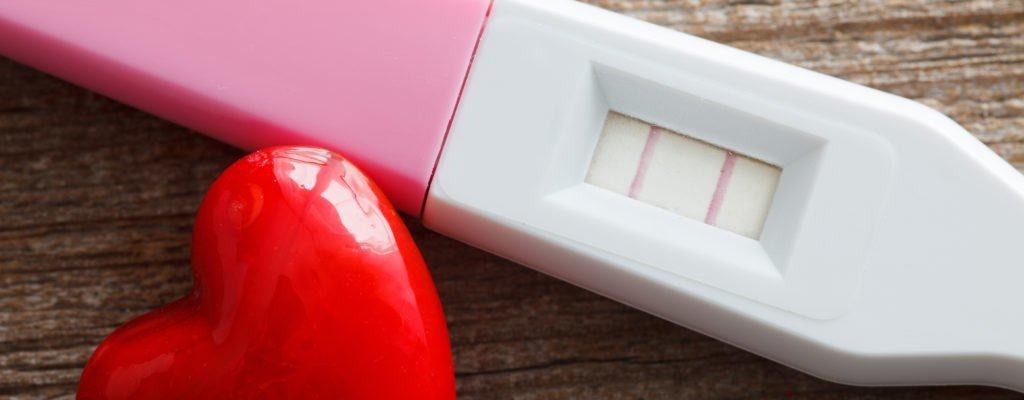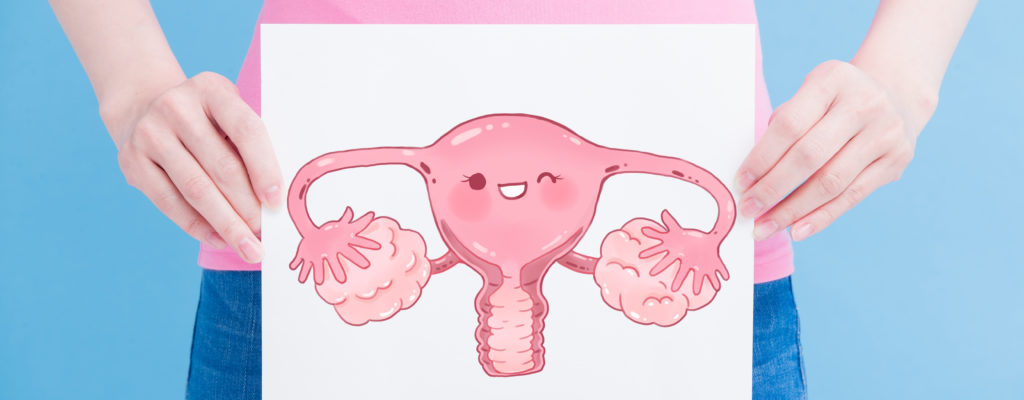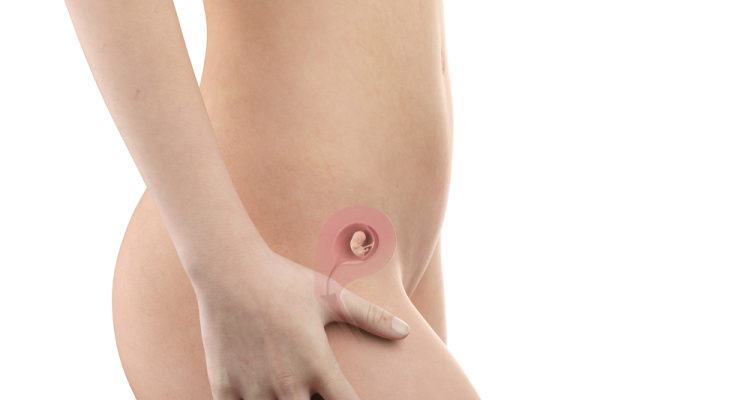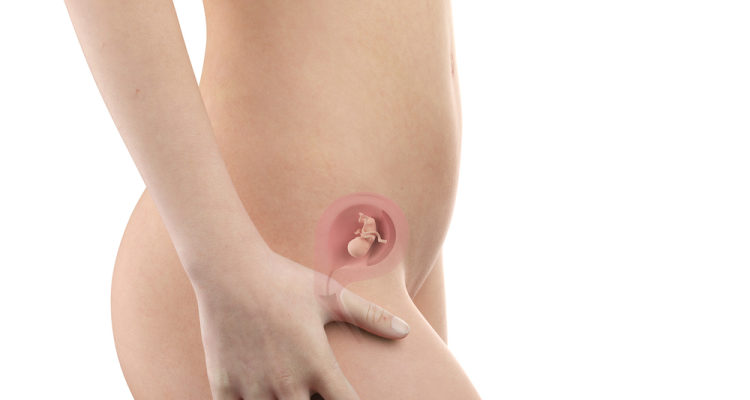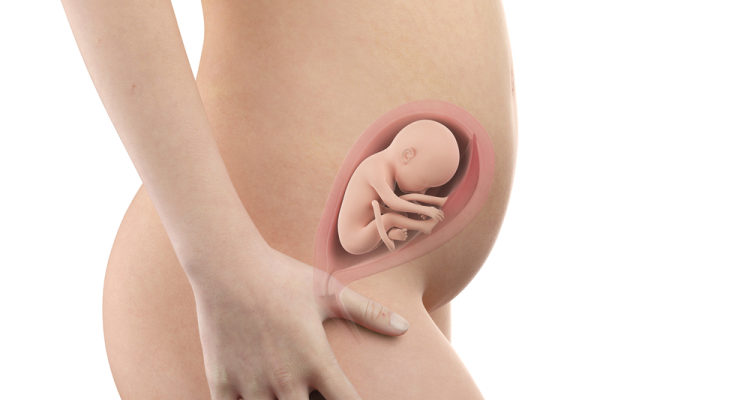You heard that a small uterus is a form of uterine abnormality that makes it difficult to get pregnant, give birth, or even infertility, so you are very worried when you are diagnosed as a small uterus. In fact, depending on the degree of deformity, the person with a small uterus still has the same chance of getting pregnant and having a baby as any other normal woman.
The uterus is an empty organ shaped like an upside-down pear. The base, body, and cervix are clearly distinguished. The cervix connects the uterus with the vagina. The uterus is held in the pelvis by the uterine ligament. This is the part responsible for nurturing the fetus until the day the baby is born.
The uterus begins to form in the 5th week of pregnancy with embryonic development and grows very slowly until the girl is 9-10 years old (the age before puberty ). Rapid uterine growth begins when a girl enters puberty and reaches normal physiological parameters when she is about 13-14 years old.
The uterine formation process is very long and is influenced by many factors. Therefore, uterine abnormal growth can occur at different stages and uterine abnormalities are also very diverse: bicamolar uterus (heart-shaped uterus ), twin uterus, small uterus ...
What is a small uterus?
A small uterus is a uterus with volume underdevelopment. The uterus of minimum average size is 3.8cm long, 3.7cm wide and 2.7cm thick. If the size of your uterus does not correspond to your age and is smaller than this minimum size is considered a small uterus.
A small uterus is a uterine abnormality that affects your fertility a lot. A small uterus can also be part of Mayer-Rokitansky-Kuster-Hauser syndrome, a condition in which neither uterus nor vagina develops proportionally with age, despite genetic factors (46XX) and Ovarian function is normal.
What causes the small uterus?
The causes of a small uterus are diverse, including:
A small uterus can result from incomplete development of the uterus of a fetus even in infancy.
During puberty, the effects of the hormone prolactin rise very high, causing the development of the uterus of some girls to be affected. The hormone prolactin is produced by the pituitary gland. Excessive prolactin production by the pituitary before or during puberty affects the development of the reproductive organs and sexual characteristics, including the development of the uterus.
Some reports have suggested that some pregnant women taking diethylstilbestrol (DES), a synthetic form of the female hormone estrogen, gave birth to a daughter with minor uterine defects. During the 1950s, some pregnant women were prescribed DES by their doctors to prevent miscarriage and preterm delivery.
There are tumors of the pituitary gland and hypothalamus, leading to hormone disorders that affect the normal development of the genitals.
There is damage to the central nervous system (the hypothalamus - pituitary connection).
Exposure to toxic substances or infectious diseases.
Have had medical problems such as mumps, rubella ...
The underdevelopment of the ovaries leads to an underdevelopment of the uterus.
Malnourished children due to poor nutrition or inadequate diet lead to poor uterine development.
Using drugs, alcohol, psychotherapy drugs (psychotropic drugs), smoking ...
A girl who had an ovarian removal surgery.
Underdevelopment of the genitals can be a result of excessive physical activity that puts the body under stress, adversely affecting the development of the genitals.
Chronic infection.
Genetic factors: The fact that a mother or a family member (sister, sister, etc.) has a small uterus increases your risk of developing this disorder during puberty.
Signs of recognition
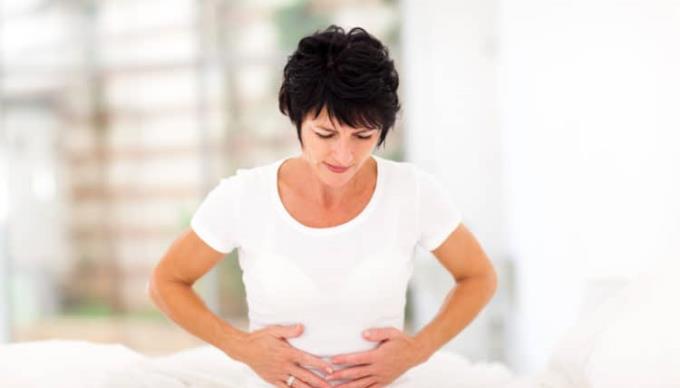
People with a small uterus often have normal functioning ovaries, the secondary sexual characteristics (breast, pubic hair) are completely normal, so it is difficult to detect before puberty. However, people with a small uterus often have the following signs:
No menstrual periods or irregular periods of menstruation, severe pain during periods
An undeveloped vulva (like that of a newborn), narrow pelvis, flat buttocks, sparse pubic hair
Pain during intercourse
Difficult to conceive
Have frequent miscarriages, premature births, and even infertility. Even when using assisted reproductive methods such as artificial insemination , in vitro fertilization (IVF), the risk of miscarriage is still quite high.
Increased levels of prolactin in the blood or a chromosomal disorder such as Turner syndrome .
Methods of diagnosis
For a more accurate assessment of a small uterus, your doctor will order you to do the following tests:
Hormonal testing to determine levels of sex hormones. In women with infertility, a non-ovulation is often noted by doctors.
Test the hormone function of the thyroid gland.
Gynecological ultrasound: ultrasound images usually show that the ovaries are located higher than the uterus.
MRI: For a more detailed examination of the pelvic organs, from which exact conclusions about your fertility are drawn.
Hysterosalpingogram (HSG) is designed to check for the clearance of the uterus and 2 ovaries.
Effects of the small uterus on pregnancy and pregnancy complications
Obstetricians divide the degree of uterine malformation small by 3 levels and depending on each level to evaluate fertility, predict pregnancy complications that you may experience or offer supportive methods. suitable fertility aids.
Level 1: The uterus is no more than 3cm long and the cervix is about 1/2 of the length of the uterus. This is the most severe degree of uterine underdevelopment, but very rare. Obstetricians call this uterus a crude or embryonic uterus. This is the main reason why you are not menstruating, unable to conceive and become pregnant.
The good news is that if your ovaries working normally and your husband's sperm nothing unusual, you can still motherhood by someone surrogacy . Currently, our country's law allows to perform surrogacy for humanitarian purposes.

Level 2: The size of the uterus is greater than that of the crude uterus, but the ratio between the body of the uterus and the cervix does not differ from level 1. If you have a uterus at this level, you will have features include a small pussy like a baby girl (pediatric vulva), sparse pubic hair. In addition, you may not have a period or have very little, irregular periods and you often have severe pain during your period or pain during intercourse. If you have a second-degree small uterus, you can have long-term hormone treatment and metabolic disorders that can help restore reproductive function.
Level 3: The uterus is about 7 - 8cm long, the ratio between the cervix and the uterus is 3: 1 corresponding to the anatomical index of the uterus. If your uterus is diagnosed at this degree, congratulations on your uterus only in a underdeveloped form. Your doctor will accurately assess the extent of your uterine underdevelopment and find the cause for positive treatment. Your ability to get pregnant and have a baby can be completely normal. But during pregnancy, you must strictly follow the instructions of an obstetrician to minimize the risk of miscarriage and preterm birth to ensure the health of both mother and baby.




